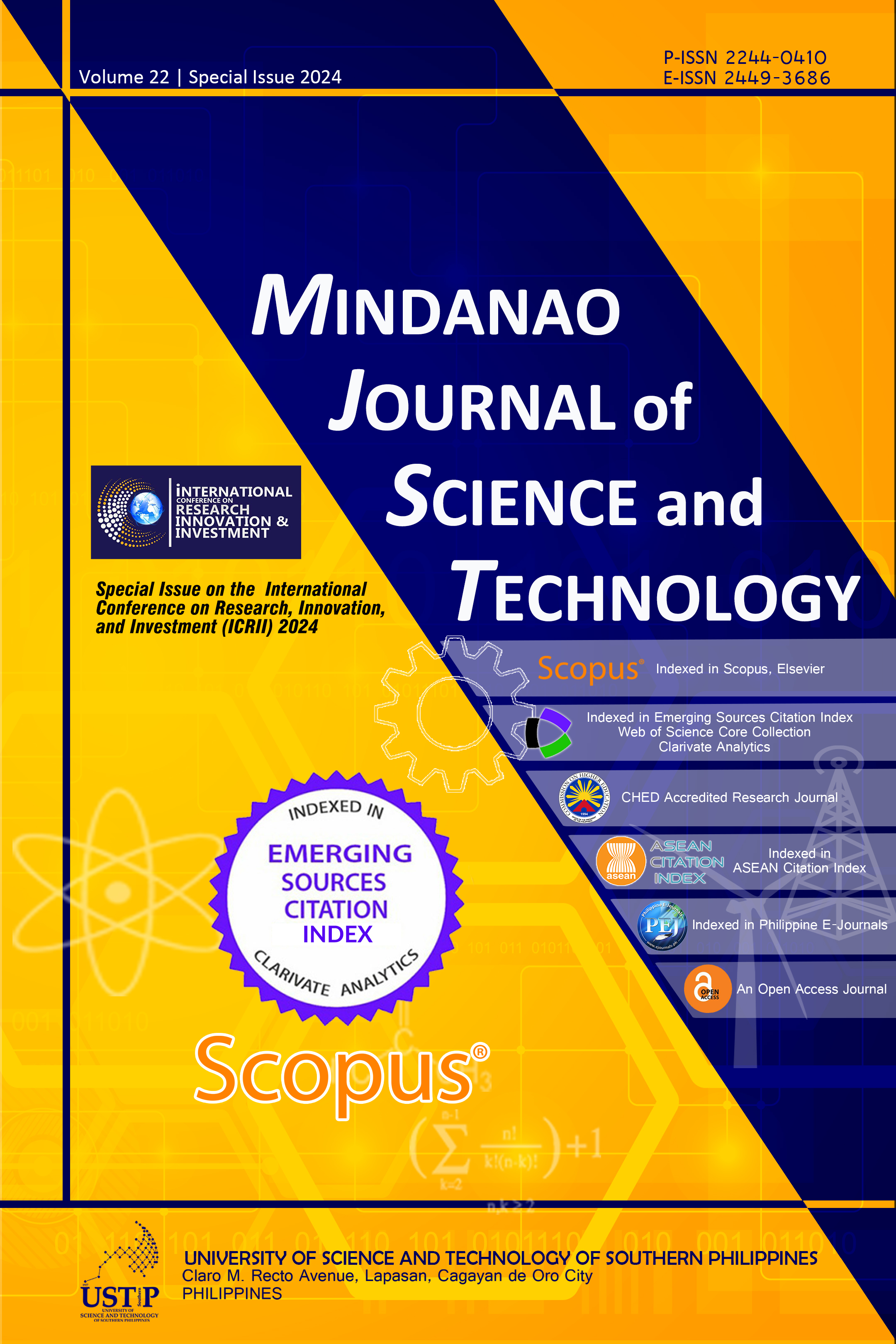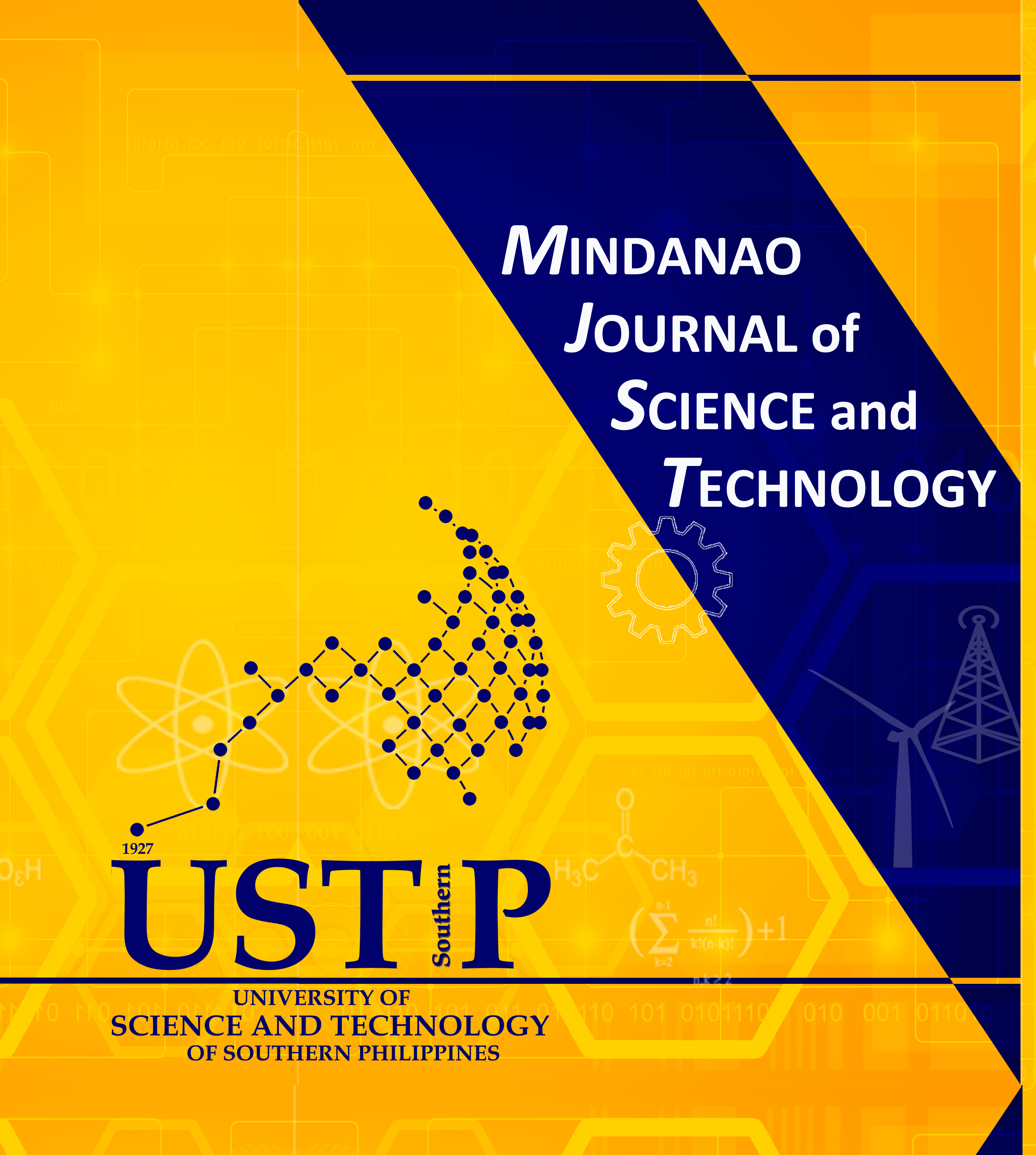eMonitorMo: An Early Detection of Out-of-School Youths at Risk of Non-completion in a Non-formal Education Using Gradient Boosting Method
DOI:
https://doi.org/10.61310/mjst.v22iS1.2217Keywords:
alternative learning system, gradient boosting method, non-formal education, out-of-school youth, predictive modellingAbstract
Out-of-School Youth (OSY) remains one of the major issues in many countries around the world. In the Philippines, approximately 3.8 million Filipino youths lacked access to formal education. Hence, the government has been implementing non-formal education programs to provide educational and career opportunities. However, low learner success rates have been prevalent, which may put the government’s investment at risk of being wasted. Thus, the early detection of a learner's success is needed. There have been a number of studies conducted to predict students at risk of dropping, but none of them tackle out-of-school youth in non-formal education. In this study, the researchers introduced an innovative approach to mapping OSY through the development of a web and mobile-based system that includes early detection of OSYs at-risk of non-completion in ALS program using different classifiers. There were 17 potential independent variables identified in building the model, with “distance between the learning center and the learner’s home” and “corresponding travel time” emerging as the top key predictors. The researchers considered decision tree, logistic regression, kNN, SVM, random forest, and gradient boosting as the most appropriate methods to build a model given a dataset size of 3,158. Experiments reveal that among the six methods employed, gradient boosting proved to be superior having an accuracy of 94.17%, with an area under curve (AUC) of 99.40%, thereby achieving better performance of at most 4.2% higher than the other 5 methods. This study aids administrators in identifying at-risk learners and delivering targeted interventions to boost completion rates.










